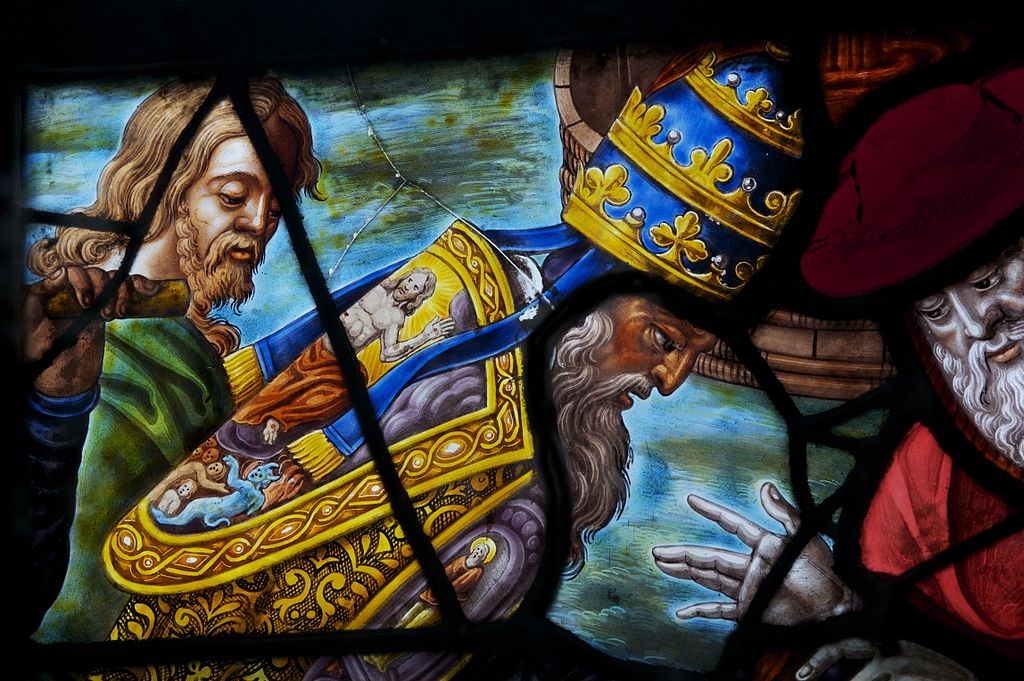Under the Floor – The Skulls of St. Cuthbert’s

When I lived in Portland, Oregon, I spent many pleasant years renovating old houses. It’s a fine way for a semi-employed writer to remain semi-employed. One of the simple joys of this work is the discovery of odd things under the floorboards. Old newspapers, empty cans. I never found anything of note, just the occasional playing card, marble or key. We usually kept a jar on site for such items and by the end of the job it was usually filled with a variety of objects.
But stranger things may be hidden under the floorboards.
Like the thousand skulls found under the floor at St. Cuthbert’s Church in Corsenside, England during the 1880s. There has probably been a church at this location since the 800s and it is believed to be one of the places visited by the body of St. Cuthbert in 875 despite the fact that he’d been dead for 188 years.
Cuthbert was an Anglo-Saxon mystic, monk, aesthete, healer, missionary, hermit, bishop and eventual saint. His powers of healing were such that he was given the nickname the “Wonder Worker of Britain” and he was quite famous in his lifetime. He once performed an exorcism by his mere presence and is reputed to be the first human inhabitant of the devil and snake-infested Farne islands. He died in 687 and was buried at Lindisfarne.
Eleven years after his death his body was exhumed and the monks were astounded to see no corruption of the corpse. Catholics are big on incorruptibility. Soon Cuthbert was being credited with miracles and eventually became the Patron Saint of Northern England. He’s also getting the 2011 Big Think Award for Most Traveled Corpse.
In 875, Vikings raided the monastery (because that’s what Vikings do) and the monks fled with Cuthbert’s we-hope-still-uncorrupted body. They traveled the countryside with Cuthbert’s remains for seven years and eventually settled in Chester-le-Street. Where they were later driven out, again by Vikings. The body was then relocated to Ripon. Finally, Cuthbert’s corpse told the monks he wanted to stay in Durham (seriously, that’s what happened) and a church was built there to house the body.
Cuthbert had found a home. Maybe.
Legends persist that the monks moved the body once more to protect it from the anti-Catholic commissioners of Henry VIII and it is secretly buried on the grounds or in an another location inside the church.
I think they should look under the floor.
var gaJsHost = (("https:" == document.location.protocol) ? "https://ssl." : "http://www.");
document.write(unescape("%3Cscript src='" + gaJsHost + "google-analytics.com/ga.js' type='text/javascript'%3E%3C/script%3E"));
// ]]>
try {
var pageTracker = _gat._getTracker("UA-11920094-1");
pageTracker._trackPageview();
} catch(err) {}
// ]]>





